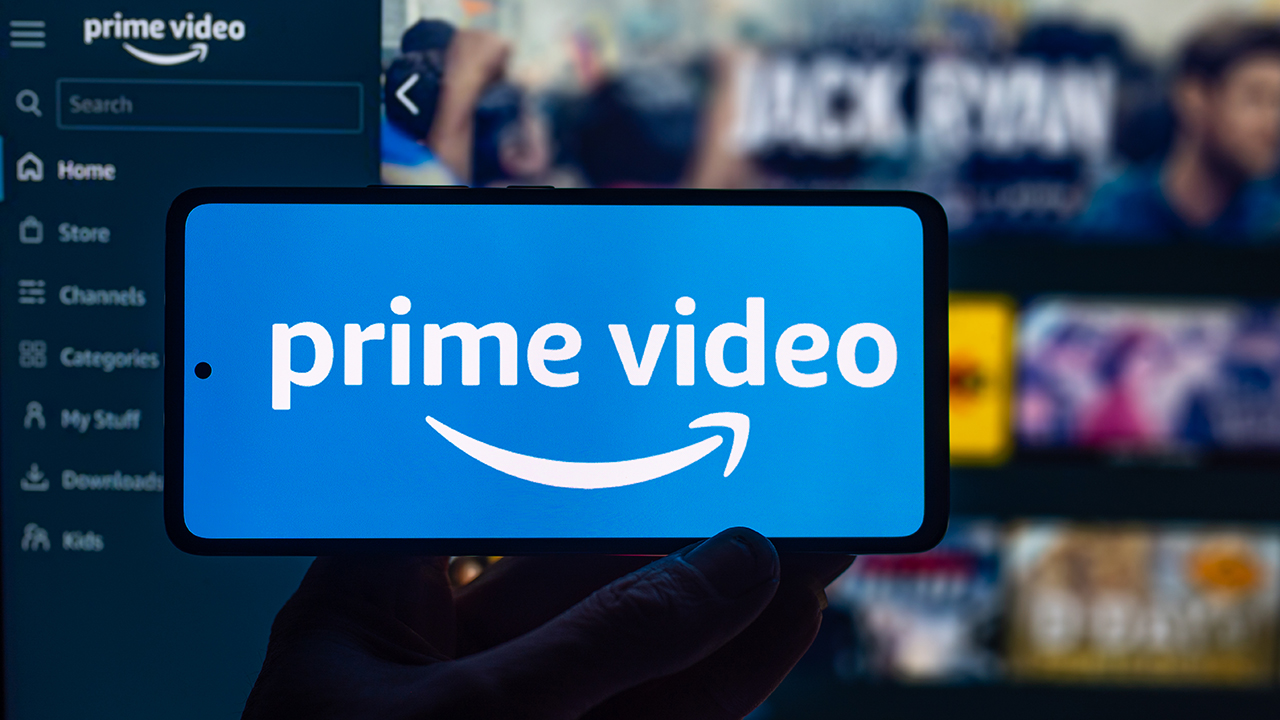
Amazon is currently embroiled in controversy following significant changes to its Prime Video service, which now include the introduction of advertisements and additional charges for previously standard features. This shift in strategy has not only altered the viewing experience for its subscribers but also led to legal challenges against the tech giant.
Service Changes and Subscriber Impact
Amazon has revised the Prime Video platform to incorporate advertisements into the viewing experience. This change, implemented on January 29th, signifies a pivot in Amazon’s approach to streaming, positioning Prime Video alongside other ad-supported services in the competitive streaming landscape. Subscribers who wish to avoid this ad intrusion can opt for an ad-free experience at an additional monthly fee of $2.99. This fee also reinstates access to high-quality viewing features such as Dolby Vision HDR, and Dolby Atmos surround sound, which was previously included in the base subscription.
Katie Barker, an Amazon spokesperson, confirmed to The Verge that this adjustment is deliberate, stating, “Dolby Vision and Dolby Atmos capabilities are only available on the ad-free option, on relevant titles.” This development was first noted by 4KFilme, which reported that content on smart TVs from leading manufacturers like Sony, LG, and Samsung was being displayed in HDR10 with Dolby Digital 5.1, marking a downgrade from the high fidelity options subscribers had enjoyed before.
Comparison with Competing Services
- Netflix’s Pricing: Charges $22.99 per month for its 4K tier.
- Amazon’s Standalone Subscription: Previously $8.99 per month, now requires an additional $2.99 for ad-free viewing and enhanced features, totaling $11.98 per month.
- This represents a 28% increase for standalone subscribers.
- Competitive Positioning: Amazon Prime Video’s ad-supported tier is priced at $8.99 per month, cheaper than Disney Plus’s ad tier at $9.99 and Netflix’s 1080p service with ads at $6.99.
Legal Challenges and Allegations
Compounding the backlash from these service changes, Amazon faces a proposed class action lawsuit filed in a California federal court on February 9th. The lawsuit accuses Amazon of breaching contract and violating Washington’s Consumer Protection Law, alleging that the company misled Prime subscribers by transitioning to an ad-supported default model without adequately notifying users or adjusting subscription terms fairly. This legal challenge highlights the broader implications of Amazon’s strategy, suggesting that the company’s pivot to ad-supported streaming and additional fees for premium features has not only affected the subscriber experience but has also raised significant legal and ethical questions.
Plaintiffs in the lawsuit argue that Amazon violates California’s Unfair Competition law as the changes are deceptive, forcing subscribers to “pay extra to get something they already paid for” and accusing Amazon of benefiting illegally from advertising Prime Video as “commercial-free” prior to the launch of its ad-supported tier. The complaint seeks at least $5 million in damages and a court order to prevent Amazon from engaging in further alleged deceptive practices.
These developments occur against the backdrop of previous legal actions against Amazon, including a lawsuit by the Federal Trade Commission (FTC) accusing the company of employing manipulative tactics to enroll consumers into its Prime service and making it difficult to cancel subscriptions. The FTC’s suit, along with the current class action, underscores ongoing concerns about Amazon’s business practices, particularly regarding transparency and fairness in its subscription services.
Featured Image courtesy of NurPhoto/Getty Images
